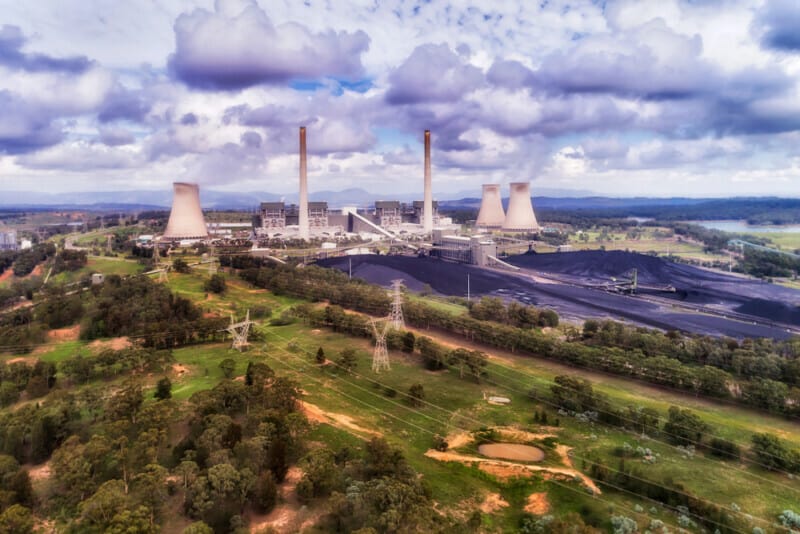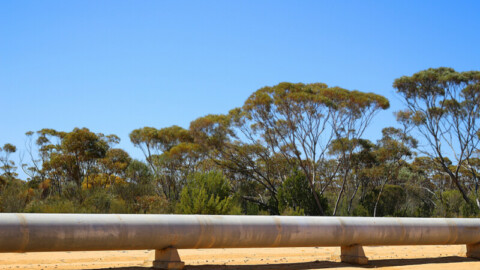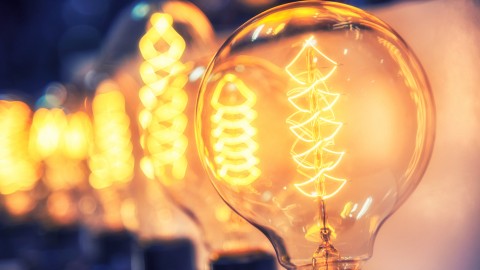Snowy Hydro Limited has released a Submissions Report addressing community, government and organisation responses to its Environmental Impact Statement (EIS) on the Hunter Power Project (Kurri Kurri Power Station).
Snowy Hydro is 100 per cent owned by the Federal Government, causing controversy throughout its planning process for the proposed plant – mostly surrounding use of fossil fuels, suggestions the project is uncalled for and concerns regarding Aboriginal cultural heritage.
The Federal Government is proposing the power plant to replace the AGL’s coal-fired power plant located in Liddell, which is set to close in 2023.
The EIS and its supporting technical studies cover these issues, and the Submissions Report provides further information where new issues were raised or clarifications on issues already addressed.
Hunter Power Project Response to Submissions summarises all submissions received and provides Snowy Hydro’s response to the submissions, supplemented by updated technical studies or addenda where appropriate.
A total of 261 submissions were uploaded to the NSW Department of Planning, Industry and Environment’s (DPIE) website from public authorities (government organisations), organisations and members of the public.
All 261 submissions have been considered in the Submissions Report.
Submissions were received from:
- 14 public authorities
- 26 organisations
- 221 members of the public.
The key issues raised, and clarifications sought in relation to the EIS are addressed in the Submissions Report.
Updated technical studies undertaken on behalf of Snowy Hydro to support the Submissions Report include:
- Biodiversity Development Assessment Report Addendum detailing some minor updates and clarifications
- Aboriginal Cultural Heritage Assessment Addendum providing a provisional procedure for archaeological monitoring
- Surface Water Quality and Aquatic Ecology Addendum addressing some additional water quality enhancement measures
- Groundwater Impact Assessment Addendum including dewatering and drawdown assessments during construction
- Revised Air Quality Impact Assessment considering including further details of emissions inventories, meteorology, applicable standards, cumulative impacts and ozone assessment
- Revised Noise and Vibration Impact Assessment including additional background noise monitoring, review of noise catchments and assessment criteria and further consideration of cumulative impacts
These addenda and updated technical reports have been undertaken to clarify and respond to comments raised by public authorities, as well as some specific issues raised in public and organisation submissions.
Submission concerns and Snowy Hydro’s response
The most prevalent issues raised in public and organisation submissions relate to the use of fossil fuel, rather than renewable energy, and the proposal’s greenhouse gas emissions.
The use of grid-scale batteries and pumped hydro-electricity were considered by some submissions as more desirable alternatives to open cycle gas turbines to provide dispatchable electricity, and further concerns discussed that the proposal should be hydrogen-ready.
Snowy Hydro responded in the report that the Kurri Kurri power plant will be developed to use gas and hydrogen blended fuel at the levels provided by the gas transmission network, with capability to increase that capacity should a logistical solution to hydrogen provision become viable.
The report also stated that the project is being developed as ‘hydrogen ready’, aligning with the NSW Government’s Electricity Infrastructure Roadmap and NSW Government Future of Gas Statement.
Another common theme in the responses was that the power plant is not required as there is no significant shortfall forecast in electricity supply.
Snowy Hydro responded to these concerns in the report, stating that the primary function of the power plant is to firm variable renewable energy (solar and wind in particular) through the provision of dispatchable electricity.
Snowy Hydro said this makes the plant a key component in the transition of the national electricity market (NEM) to a low carbon system, within which the majority of electricity is provided by renewable energy.
The Submissions Report also states that the project was considered by some respondents as a ‘waste of taxpayer’s money’ and that the government should not fund power generation developments that could otherwise be provided by the private sector.
Further concerns raised in the submissions touched on the health of people in the vicinity of the proposal, with a large focus on air quality concerns and noise.
Snowy Hydro said it conducted revised background noise monitoring, which resulted in a small reduction in the operational noise criteria at some locations, stating the plant will work with equipment suppliers to minimise these impacts to the greatest extent practical and will comply with noise criteria even under adverse weather conditions.
The report responded to air quality concerns stating that the predicted changes in concentrations of key air quality indicators, due to the proposal, are within the range of historically measured fluctuations in maximum concentrations for the region.
According to a Snowy Hydro spokesperson, the project has received support from a range of stakeholders, including:
- Federal Member for Hunter, Joel Fitzgibbon
- Federal Member for Paterson, Meryl Paterson, as well the Cessnock City Councillors
- Tomago Aluminium and the Australian Workers Unions
- Business Hunter
Community and government responses to the report
The local Hunter community has raised issues with the report, with more than 30,000 community members signing petitions since May 2021 to oppose the gas-diesel power plant.
The Gas Free Hunter Alliance have met with NSW Energy and Environment Minister, Matt Kean, to outline opposition to the power plant, and intend to present Mr Kean with these petition signatures in late August 2021.
Mr Bruce Robertson, energy finance analyst from the Institute for Energy Economics and Financial Analysis (IEEF), said, ”If there was a ghost of a business case for this diesel-gas power plant, the private sector would be funding it.”
Janet Murray from Coalfields for Climate Action, reiterated Mr Robertson’s sentiment, “It is vital to the social fabric of Kurri Kurri that significant employment becomes available within the Hydro redevelopment.
“If we want the Hydro industrial area to survive and thrive into the future, the focus needs to be on industries powered by renewable energy like wind and solar, and jobs of the future, not the past.”
The report summary concludes that Snowy Hydro is committed to implementing best practice environmental management in the development of the proposed plant and believes it will have a significant contribution to supporting the future operation and reliability of the NEM and enable increased penetration of variable renewable electricity.
The Minister for Planning and Public Spaces will consider the Submissions Report and determine whether to approve the proposal, and if so, the conditions of approval.














